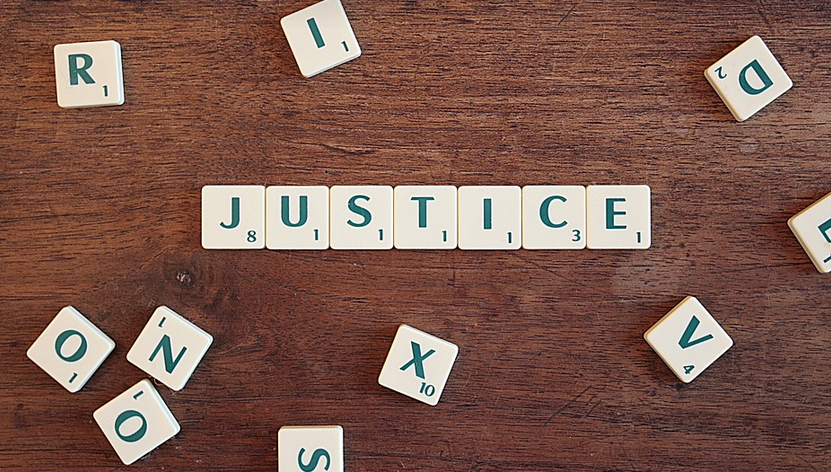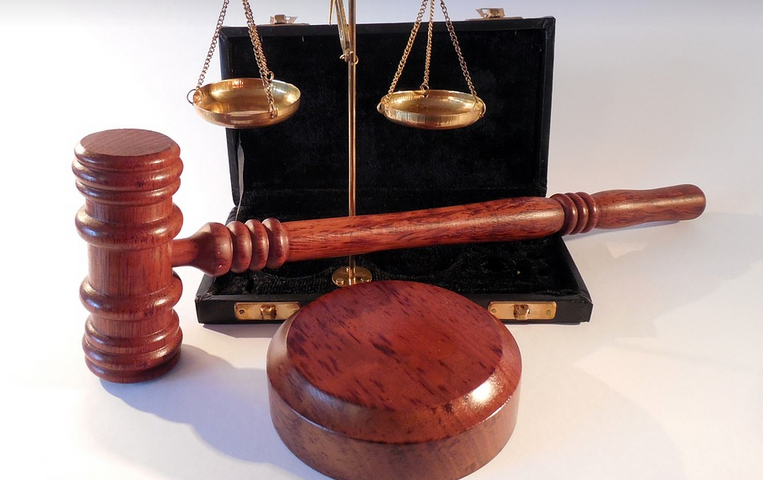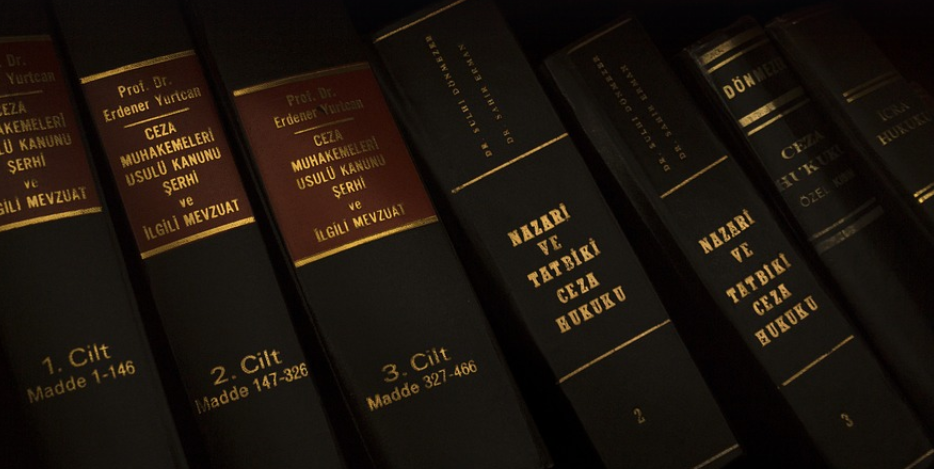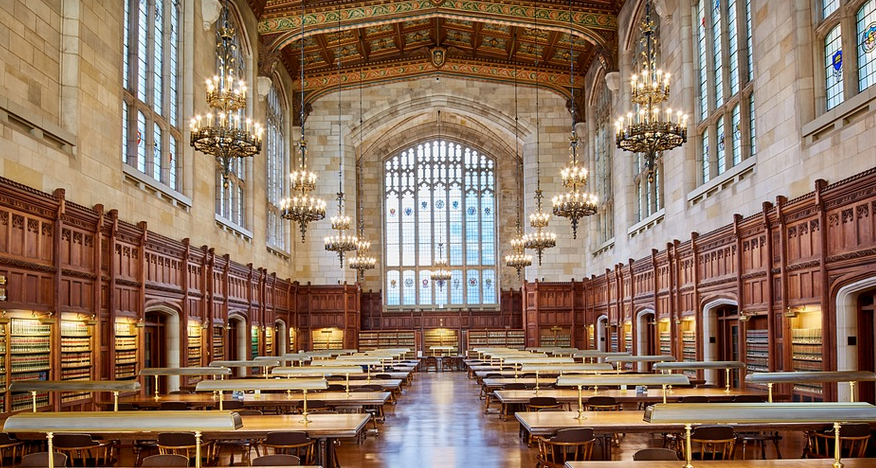Unveiling History’s Secrets: Exploring Utah’s Past
Utah, a state known for its stunning landscapes and vibrant cities, holds within its history a poignant tale of human connection to the land. This story goes deeper than just majestic mountainscapes; it’s woven with the threads of ancient cultures, Native American traditions, and the enduring legacy they left behind. One particularly compelling aspect of Utah’s history is the presence of Indian burial grounds throughout the state. These sites are not merely historical artifacts but hold immense spiritual significance for descendants of the tribes who called these lands home.
The story of these burial grounds begins with the arrival of Indigenous peoples to Utah’s geographical expanse centuries ago. From the Ute, Navajo, and Pueblo tribes to other ancestral groups, each group brought their own unique traditions and beliefs, shaping a rich tapestry of cultural practices. This connection to the land was deeply ingrained in their lives; it was where they lived, hunted, gathered, and mourned. These burial sites reflected this profound impact on their existence.
For generations, these Indigenous communities thrived in Utah’s diverse landscapes, crafting a life intertwined with nature’s rhythms. Within the very fabric of their culture, lies a deep respect for ancestors who paved the way for their presence on these lands. Burial practices evolved over time, incorporating unique beliefs and rituals that are still observed by many today. These traditions highlight the deep spiritual connection between people and the land.
Over time, as European settlers began to populate Utah’s landscape, the existing communities faced challenges. Land acquisition and forced assimilation led to a significant disruption of traditional lifeways. The impact on tribal communities was profound; their cultural identities were tested and sometimes irrevocably altered. This period, marked by displacement and cultural change, left an indelible mark on the state’s history.
In the present day, these burial grounds remain a source of both historical significance and spiritual connection for Indigenous people. They stand as tangible reminders of their lineage, offering a pathway to connect with their ancestors’ stories and beliefs. These sites are not just historical monuments; they are living testaments to the enduring legacy of Utah’s tribal heritage.
The presence of these burial grounds serves as a poignant reminder that history unfolds across generations, leaving an indelible mark on our collective understanding of the past.
Exploring these sites requires sensitivity. Understanding the cultural significance and respecting the descendants of those buried is paramount. Engaging with local communities, their stories, and perspectives offers insights into how these sites continue to be honored and respected.
The preservation and understanding of Indian burial grounds in Utah are crucial steps towards honoring the past while acknowledging the importance of Indigenous heritage. They serve as a bridge between generations, symbolizing respect for ancestral traditions and preserving a vital part of Utah’s history.
These sites offer a window into ancient cultures that played an integral role in shaping this landscape. They stand as silent witnesses to the resilience of people who have lived here for centuries.
The stories shared by Indigenous leaders, descendants, and researchers can provide invaluable insights into these burial grounds’ significance and their impact on Utah’s cultural identity.
Moving forward, ensuring the preservation and respectful exploration of these sites are vital steps toward honoring the past while acknowledging the importance of Indigenous heritage. It is a call to action that invites us to embrace our shared history and appreciate the unique legacy of Utah’s diverse communities.



